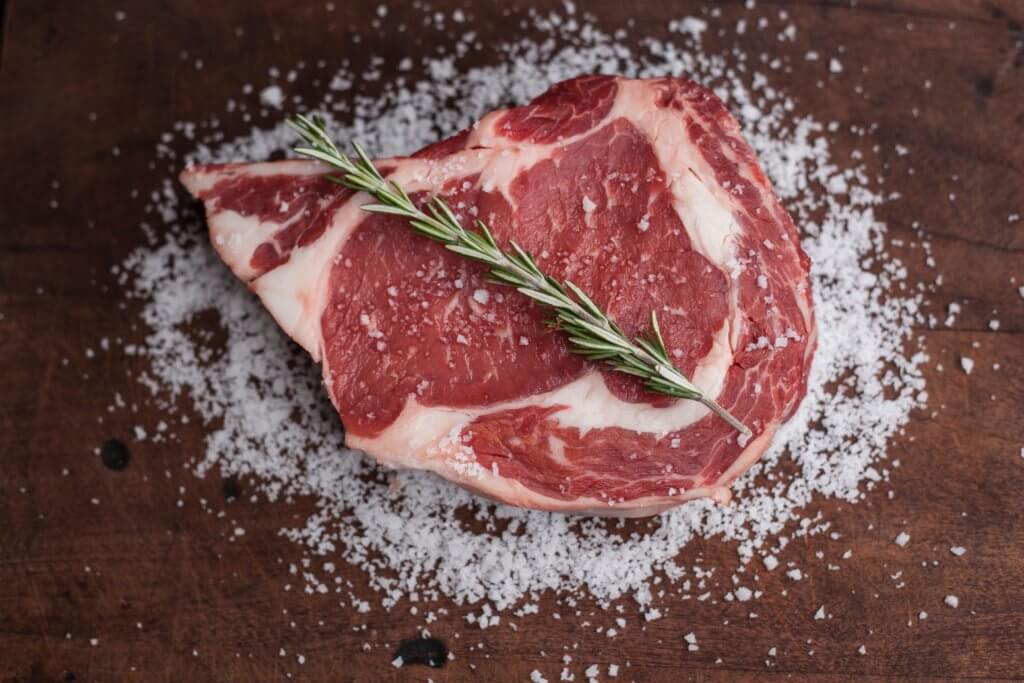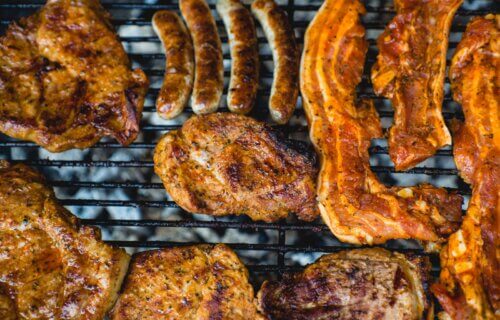MEDFORD, Mass. — Scientists have successfully developed fat tissue in a lab that displays incredibly similar texture and make-up in comparison to naturally occurring fats from animals. Moreover, the research team was able to bulk-produce this cultured fat tissue, opening the door for potential large-scale production of cultured meat in general.
Study authors believe their new method is applicable to the production of cultured meat, or meat grown entirely from cells in a lab setting, in order to provide a more realistic texture and flavor.
Cultured meat could potentially change the food industry as we know it, not to mention countless personal diets along the way, as numerous startups in recent years have announced plans to develop cell-grown chicken, beef, pork, and fish. While most of these projects remain in their early stages, and thus are not ready for large-scale production or commercial sale, there are already a few notable exceptions. The nation of Singapore has already approved the sale of cultured meat, and the U.S. Food and Drug Administration recently announced a cultured chicken breast product is safe for human consumption.
However, the vast majority of cultured meats in development are in the form of an unstructured mixture of cells, such as chicken nuggets as opposed to a slice of chicken breast. These lab-grown meats are currently missing the texture of real meat, created by muscle fibers, connective tissue, and fat. Meanwhile, fat also plays a big role in giving meat its flavor. Recent consumer tests involving various natural beefs containing different fat content revealed the highest scores come from beef containing 36 percent fat.

Why is growing fat such a problem?
The production of cultured fat tissue in sufficient quantities is also a major problem right now, as the fat grows into a mass, with the cells in the middle becoming starved of oxygen and nutrients. In a real animal, blood vessels and capillaries deliver oxygen and nutrients throughout the body’s tissues. Researchers still don’t have a means of replicating such a complex vascular network at a large scale in lab grown tissue. So, in the past they had to only grow muscle or fat to a few millimeters in size.
To work around this limitation, study authors opted to grow fat cells from mice and pigs first in a flat, two-dimensional layer. Then, they harvested and aggregated those cells into a three-dimensional mass with a binder such as alginate and mTG, which are both ingredients in certain foods.
“Our goal was to develop a relatively simple method of producing bulk fat. Since fat tissue is predominantly cells with few other structural components, we thought that aggregating the cells after growth would be sufficient to reproduce the taste, nutrition and texture profile of natural animal fat,” says first author John Yuen Jr, a graduate student at the Tufts University Center for Cellular Architecture (TUCCA), in a media release. “This can work when creating the tissue solely for food, since there’s no requirement to keep the cells alive once we gather the fat in bulk.”
The aggregated fat cells immediately looked like natural fat tissue, but in order to see if they truly reproduced the features of native fat from animals, researchers carried out a series of additional experiments.
How did scientists build this realistic fat?
To start, study authors explored the texture. The team accomplished this by compressing the fat tissue and observing how much pressure it could withstand in comparison to natural animal fat. This approach led to the observation that cell-grown fat bound with sodium alginate is indeed capable of withstanding a similar amount of pressure to fat from livestock and poultry. However, cell-grown fat bound with mTG behaved more like rendered fat (similar to lard). All in all, this finding indicates it may be possible to adjust or fine-tune the texture of cultured fat so that it will resemble the real-life texture of fat within meat, via different types and amounts of binders.
When people cook meat, it releases hundreds of compounds, adding extra flavor. Most of those compounds originate from fat, including lipids and their component fatty acids. So, researchers decided to analyze the composition of molecules from the cell-grown fat, ultimately finding that the mix of fatty acids from cultured mouse fat is different in comparison to native mouse fat. Still, the cultured pig fat displayed a much closer fatty acid profile to the native tissue.
In conclusion, researchers say their preliminary work suggests it may be viable to supplement growing fat cells with the required lipids in order to ensure they more closely mirror the composition of natural meat.
“This method of aggregating cultured fat cells with binding agents can be translated to large-scale production of cultured fat tissue in bioreactors – a key obstacle in the development of cultured meat,” concludes TUCCA director David Kaplan, the Stern Family professor of Biomedical Engineering at Tufts. “We continue to look at every aspect of cultured meat production with an eye toward enabling mass production of meat that looks, tastes and feels like the real thing.”
The study is published in eLife.

